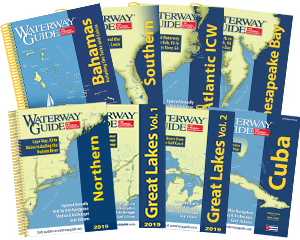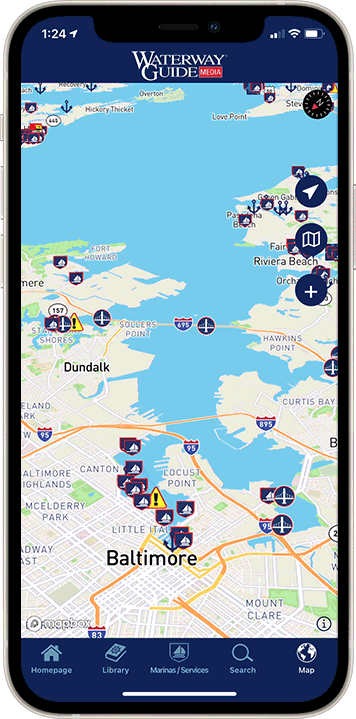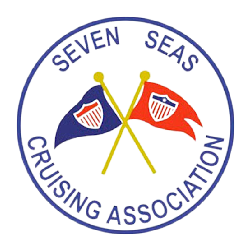
In ordinary weather an outside run to or from Miami is safe, comfortable and provides some beautiful views of the coastline. With a Gulf Stream boost and by avoiding bridges transit times are generally faster on the outside. Plan your departure and arrival times and wait for a weather window. For most this is an easy and enjoyable passage.

Be sure to plan for your passage and remember to check maintenance issues and tie down deck gear in advance. You are committing to a 20-mile passage south or a 40-mile passage north to the next reliable inlet. Plan to leave early in the day to ensure you arrive before nightfall.
While these inlets can accommodate large commercial ships and are marked with lighted aids to navigation, nighttime arrivals can be difficult and add unnecessary risk. At least 30 minutes before you leave monitor VHF Channel 16 for a Sécurité from large vessels either entering or exiting. Wait until these vessels are safely clear and secure before you enter the inlet channel from either end.
Proceeding out the wide, straight ship channel of the Port Everglades (Fort Lauderdale) Inlet you will find good water depths in the channel and beyond the entrance buoys. (The last cruise ship through has checked it for you.) But there are submerged hazards beyond the channel's edges north and south. To the south good water extends well inshore and many boaters turn south just beyond flashing green buoy "5."
The Gulf Stream is not a hazard but it does require a strategy. Heading north is simple–angle out (pass flashing red entrance buoy "2") until you detect a course deflection and then turn north to enjoy the ride. Southbound boats want to stay inside the Gulf Stream to avoid the retarding current but also stay well outside the dangerous breakers along the beach. In offshore winds you can travel safely keeping 0.5 mile off the beach; in onshore winds it's best to double that distance. This route keeps you inshore of the Gulf Stream and its approximately 2-knot northerly set. You may even find gentle southward counter-current close to shore but remember to maintain a safe distance from the beach.
Note: The NOAA Weather Stations (Miami, WX-1, serves this area) broadcast the location of the inshore edge of the Gulf Stream from 4:00 p.m. to 8:00 p.m. on Monday, Wednesday and Friday and from 4:00 a.m. to 8:00 a.m. on Tuesday, Thursday and Saturday in the fall and winter. The western edge of the Gulf Stream ranges from as close as 1 nm offshore to more than 10 nm; the width of the Gulf Stream is also stated in the WX broadcasts. NOAA Weather also advises on expected wind conditions and wave height, which can help with finding your weather window.
The Gulf Stream is like a giant moving sidewalk. A sailboat can travel against the Gulf Stream at a good (water) speed without moving "over ground" at all. Coastal cruisers have to factor in the Gulf Stream in East Florida. And sometimes, if they're lucky, southbound cruisers will get a counter-current running close to the shoreline. Now that can make your day!
Learn more about this passage in Waterway Guide's Southern Edition.












